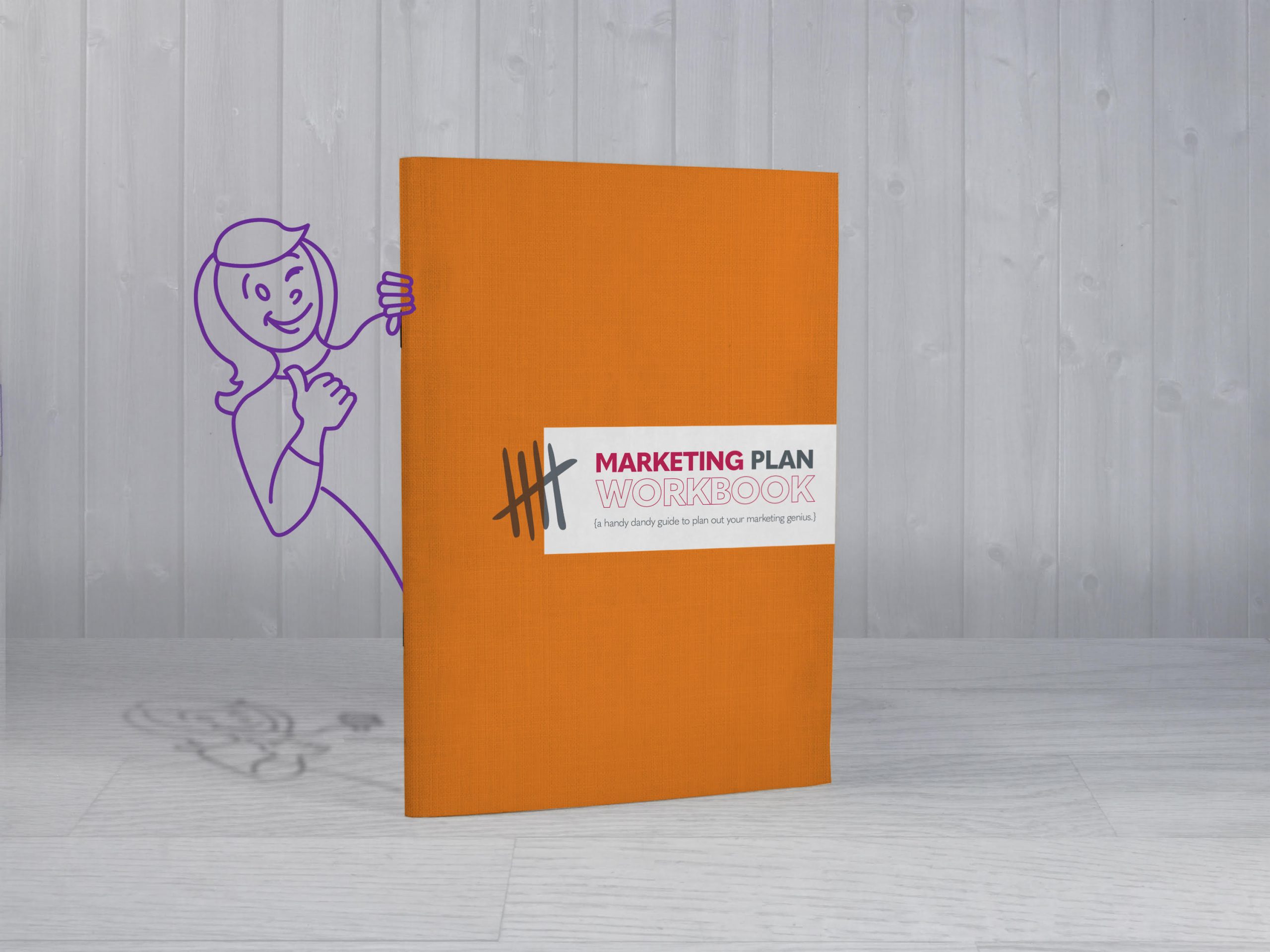5 Tactics to Promote Your Nonprofit’s Awareness Campaign
Video Transcript:
HI! I’m Julia McDowell, founder and chief marketing strategist of Five Ones, a creative collaborative dedicated to the work of nonprofits and associations. Welcome to the High-Five Nonprofit Marketing Ideas, my video series dedicated to marketing and fundraising topics. The topic du jour? Five Tactics to Promote Your Nonprofit’s Awareness Campaign.
As you likely know, an “awareness campaign” is a time-bound campaign to increase public awareness and understanding of an organization’s cause or issue. Nonprofit awareness campaigns get out the word about a nonprofit’s mission, explain why it matters and tell potential and existing supporters how they can get involved.
There are loads of existing national awareness months, weeks and days—like Brain Injury Awareness Month in March, National Mutt Day in July and National Suicide Prevention Week in September. Some nonprofits hitch their campaign wagon to an existing awareness observance and others come up with their own standalone campaign. Regardless of which way your nonprofit chooses to go, promotion is KEY. And that’s the focus of this video: promotion—how to get the attention of your audience and increase their awareness. Ready? Here are my High-Five Tactics to Promote Your Nonprofit’s Awareness Campaign.
One: give supporters the lay of the land… with a landing page. A landing page on your website should be Information Central when it comes to your awareness campaign—housing key messages, calls to action and all other pertinent details. You can inform and inspire your intended audience with videos that underscore the issue you’re raising awareness of and how your nonprofit is working to achieve its mission. Spell out details for real or virtual events supporting your campaign. Include partner and sponsor logos and information. And post related links—more on those next.
Two: your blog. Leverage your blog by publishing posts aimed at your campaign audience. Some ideas of what to include are stories about – or by – beneficiaries of your nonprofit and guest blog posts by dedicated supporters talking about how they first became aware of you. Once the blog posts have been published, link to them from your landing page. You can also put them in the mix with your email and social media efforts.
Three: speaking of which… emails! As you know, the proof is in the pudding when it comes to emails inspiring supporters to get educated, become advocates and act. As you also know, email fatigue is no joke. So, I advise that you limit your emails to two, max: one to announce your campaign in advance – cue the fanfare! – with key messages and a call to action. And a second during the actual awareness day, week or month that emphasizes the importance of your nonprofit’s campaign and, again, makes a call to action.
A sidenote on calls to action: awareness campaigns are about educating people about your nonprofit’s existence and mission in the hopes that they’ll become interested and engaged. That doesn’t mean your call to action can’t be to donate, but consider that the newly aware may be more inclined to take an action like signing up for an e-newsletter or following your nonprofit on social.
Which brings us to number four, social media. Incorporate posts about your awareness campaign among your usual scheduled content. You can announce your campaign from the get-go, link to your blog posts, give updates about your nonprofit’s work as it relates to your awareness observance, post event reminders and so on. To boost your reach, ask your most fired-up followers to share awareness campaign details – including any hashtags that you’re using – with their own followers on social.
Last but definitely not least, you can promote your awareness campaign via public service announcements (known as PSAs). These are a favorite of mine, and for good reason: they’re a powerful way for nonprofits to raise awareness and educate the public. PSAs are aired at no charge by radio and tv stations, networks and even outdoor display companies – and the PSAs often remain on for weeks or longer. That kind of exposure can REALLY up the potential reach of your nonprofit’s awareness campaign. Keep in mind that stations choose which PSAs to air, and that your organization is responsible for production costs—which are SO worth it for creative that will have impact, generate awareness and motivate action.
Want tips on the optimal times to release a PSA, when to ask for airtime, and how to use your nonprofit’s resources most wisely when it comes to PSAs? You’re in the right place! I’ve conducted a survey of PSA Directors around the country for more than ten years, and you can get a copy of the 2020 report here. It’s chock-full of highlights and tips that can boost awareness of your nonprofit.
Those are my High-Five Tactics to Promote Your Nonprofit’s Awareness Campaign. Do you have one of your own that you want to share? Got a question or tip about PSAs? Please leave it in the comments below or send to me on LinkedIn or at julia@fiveones.com. Hope to see you again soon!



